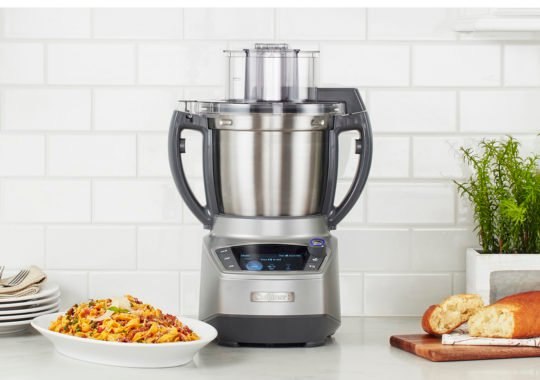Cheese is one of the most difficult things to replace in a vegan or dairy free diet. There are so many comfort foods that use cheese as a base, from pizza to the classic macaroni and cheese. For each of these, however, there is always an alternative.
Anyone living dairy free knows that cheese can’t be easily replaced, but it can be replaced with some effort. For cooking with dairy free cheese, and crafting cheesy substitutes, there are a few things the home chef will need to hand, including a few different brands of dairy free cheese, commonly available in health food stores, nutritional yeast and silken tofu.
Covering your bases
There are three things that cheese provides in cooking: texture, taste and creaminess. Each of these needs to be addressed separately in dairy free cooking to achieve a satisfactory outcome.
1. Texture. Some meals simply need the texture of cheese. Pizza isn’t the same without some sort of chewiness. The only way to attain the stringy texture of chewy cheeses like mozzarella is to find the right dairy free cheese, and this will take some experimenting. Read recommendations to get a head start.
Stringiness isn’t the only type of texture cheese provides. A second type of cheese to research is one that will keep its shape when heated, much as haloumi or bocconcini does. A third texture to have on your list is the slightly gooey texture that cheeses like cheddar provide, and some dairy free cheese companies have been striving for just this effect.
2. Taste. Believe it or not, achieving a cheesy taste is much easier than replacing the various cheese textures in cooking. Mixtures of nutritional yeast, mustard and soy milk provide the bite that deliciously gooey cheese sauces have.
Many of the recipes that require a truly cheesy taste are for cheese sauces, either for pasta or for toppings of nachos or wedges. Choose a recipe that includes olive oil for the right mouth feel for these sauces. Although it does add fat to the meal, it’s the only way to create a sauce that has the creamy gooiness that a cheese sauce provides. Besides, let’s face it – any recipe that calls for a thick and cheesy sauce is not focussed on healthiness.
3. Creaminess. Finally, one of the essentials that dairy has provided our palates is creaminess. Luckily, there are a number of options that create creaminess without requiring cream.
Cream cheeses were some of the first successes in the dairy-free business, so there are always good substitutes available for cream cheese. When using these in cooking, however, it’s important to test how they react to heat and acid, as soy products can curdle easily.
For recipes that have more emphasis on the cream than the cheese, a sour cream option can be easily whipped up from silken tofu. An option for those who are a little sick of tofu is to use a mix of soy yoghurt and almond milk, souring the mixture with lemon juice. The result is delicious on some nachos.




